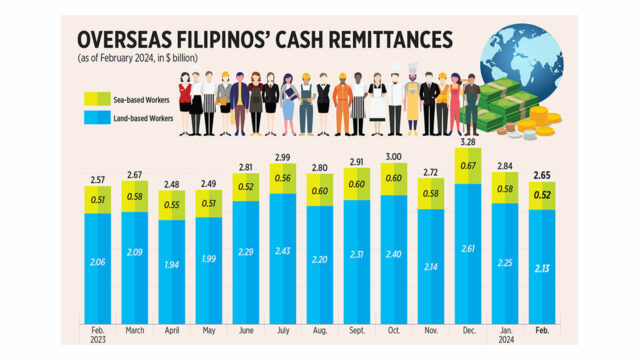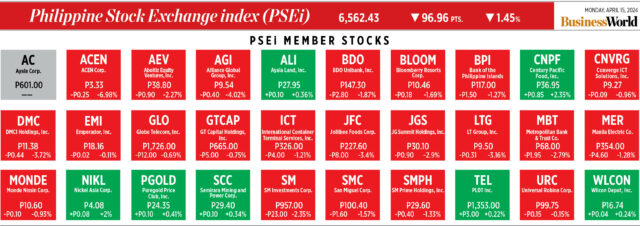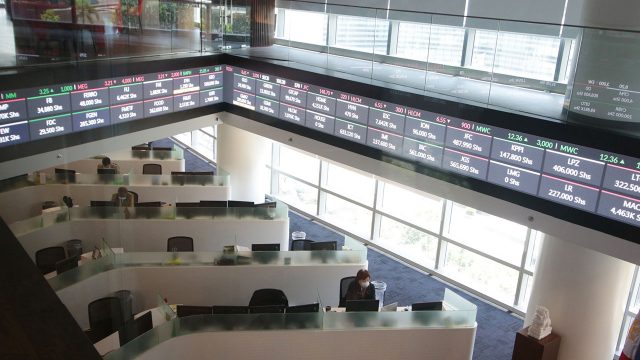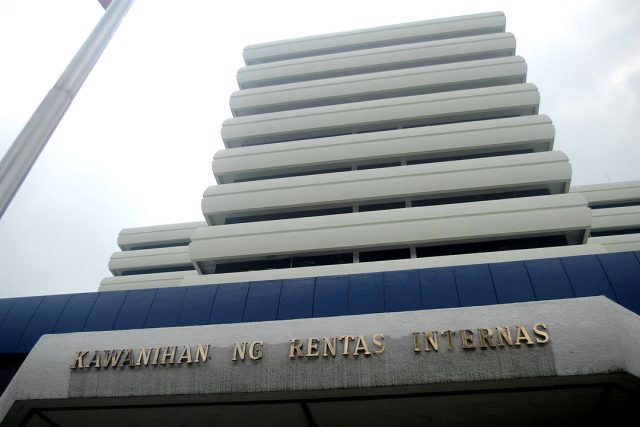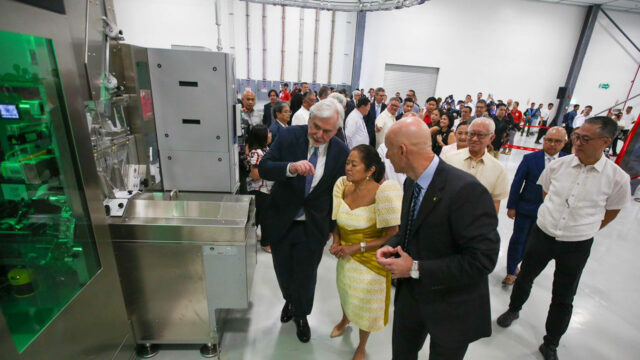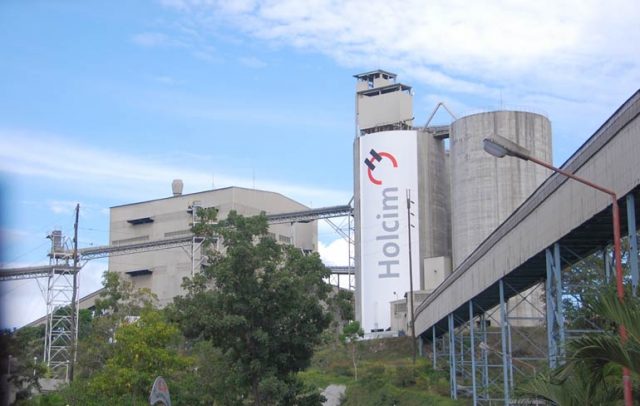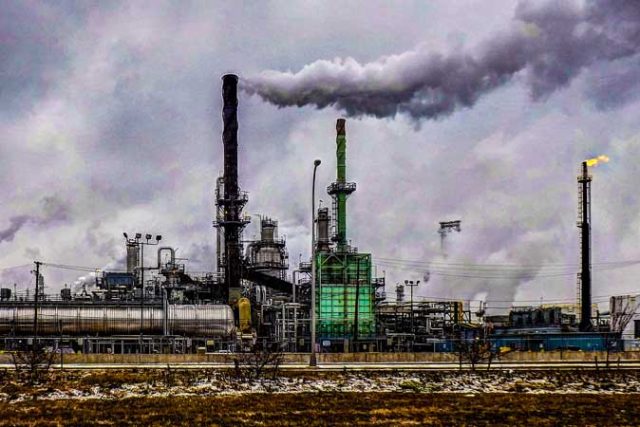The UNESCO Multisectoral Regional Office in Bangkok, in partnership with The University of Tokyo and Waseda University, held the 5th Multistakeholders’ Meeting on Internationalization of Higher Education in Asia and the Pacific in Bangkok, Thailand in December 2023. This author was part of the contingent comprised of academics and experts from various institutions in Asia and the Pacific. The meeting highlighted the unique position of higher education in addressing global common challenges, including the Sustainable Development Goals (SDGs) which recognize ending poverty, improving education, promoting gender equality, addressing climate change, among others, as universal problems that necessitate an urgent call to action.
At the heart of the multisectoral meeting was a conscious decision to reaffirm the contribution of higher education across selected SDGs as it intersects with each in achieving their respective goals.
Under SDG4 (Quality Education), one of the key targets is Target 4.3 which aims, by 2030, to “ensure equal access for all women and men to affordable and quality technical, vocational and tertiary education, including university.” While current efforts to foster equal access focus largely on reforming internal admissions guidelines, a complementary strategy to achieve this is to promote the internationalization of higher education, defined as “the process of integrating an international, intercultural, or global dimension into the purpose, functions or delivery of postsecondary education” (Knight, 2015). Aside from deepening awareness and tolerance of cross cultures, internationalization plays an integral role in promoting access to quality education at the tertiary level while also fostering diversity and equity. International higher education has a lot of potential in making quality education more accessible for a wider audience, non-elites included, as efforts to democratize international education practices continue to find a space in academic discussions.
At the recently held International Symposium on Democratizing International Student Mobility Partnerships, held at Waseda University in Tokyo in February, emphasis was placed on exploring ways on how to make it possible for international education to be “inclusive, equitable, and rooted in democratic principles.” In the same vein, international education partnerships fostered between the global north and the global south provide an avenue for equitable collaboration in the sense that the latter has a chance to have a more prominent role in leading and setting the tone of proposed projects based on a history of cooperation and mutual trust.
SDG5
Though higher education intersects most prominently with SDG4, its contribution in the promotion of other SDGs cannot be underestimated. For SDG5 (Gender Equality), there is a conscious effort within higher education institutions (HEIs) to include gender policies in their mandate. Whether this is in the form of putting in place mechanisms to protect faculty or students from discrimination or gender-related abuse, or establishing protocols and offering trainings toward maintaining a gender-responsive academic community, the commitment to achieving specific targets of SDG5, particularly Target 5.1 which aims to “end all forms of discrimination against women and girls everywhere,” is undeniably present.
At the Ateneo de Manila University, the establishment of the Gender and Development Office as well as the University Gender Hub offers a clear direction on the university’s efforts to ensure that gender equality protocols towards making the campus a safe space for everyone, particularly women, are in place at the level of policy, audit, curriculum, research, and services.
Most universities also put a lot of effort in advancing social mobility and research among and by females, helping identify gaps in gender equality not only in the academe but in society as a whole. Emphasis on academic institutions’ policies on gender equality, in terms of recruitment and the promotion of women in the academic community, has never been more pronounced as they are in current times. There is a conscious effort to include in university policies directives that would increase the representation of women in academia. This is demonstrated in the case of OECD countries, where women students’ participation in higher education has been on the rise since the 1990s, with an average projection of 58% participation over their male counterparts by 2025 (UNESCO-IESALC, 2023). Data also shows that for female teachers at the tertiary level, global gender parity is projected to be achieved by 2045 across most regions including East Asia and the Pacific (UNESCO-IESALC, 2023).
SDG11 AND SDG13
SDG 11 (Sustainable Cities and Communities) calls for sustainable cities that are inclusive, safe, and could facilitate opportunities with basic services such as transportation and housing for all.
HEIs’ contribution at the institutional level involves efforts to integrate urban planning, environment, and community development in its policymaking as well as in providing meaningful platforms that engage various stakeholders in the academic community as they attempt to integrate SDG11 targets in teaching, research, and curricula design. While higher education involvement in SDG11 target areas are not as pronounced vis-à-vis efforts to achieve the targets for SDG4 and SDG5, there are considerable efforts from universities worldwide to participate in activities that can contribute toward having more sustainable communities.
A recent report by UNESCO-IESALC and Times Higher Education (2023) which measured institutional contribution to SDG11 across the areas of research, support for arts and heritage, and sustainable practices, indicated a small but steady increase between 2020 to 2023 in the number of universities submitting data regarding what they have been doing towards making cities and human settlements more sustainable, inclusive, resilient, and safe.
The intersection between higher education and SDG13 (Climate Action), particularly Target 13.3 which focuses on “improving education, awareness-raising, and human and institutional capacity on climate change mitigation, adaptation, impact reduction and early warning” is best underscored by the complex roles that many universities have been taking on where combating the challenges of climate change is concerned.
Universities are vital platforms for teaching, learning, and doing research on measures to mitigate climate change impacts and over the years, there have been great strides in integrating climate and environment-related topics in higher education curriculum. As climate change is one of the most contentious issues that humanity faces, higher education service providers enjoy this privileged but critical role of educating and eventually shaping the behavior of future policymakers, scientists, practitioners, and community leaders who are expected to come up with innovative strategies to address climate change and its impact that cuts across environment, social, political, and economic dimensions (Leal Filho et al., 2023).
Beyond learning, universities also have the capacity to be agents of advocacy and activism toward more sustainable practices. There is also room for collaboration between educational institutions and the government as seen in the recent reaffirmation of the partnership between the University of the Philippines – National College of Public Administration and Governance (UP-NCPAG) and the Climate Change Commission (CCC) in order to advance climate governance (CCC, 2024).
CONTINUING CONVERSATIONS
While not exhaustive, the aforementioned initiatives illustrate the evolving role of higher education in contributing to the attainment of societal goals outside the traditional confines of teaching, research, and extension or community work.
There is greater expectation for higher education to tackle common global problems such as the SDGs as it does intersect in achieving key target points for each goal. Central to these intersections is the unique position of HEIs to collaborate with key stakeholders such as governments and international partners in order to come up with significant strategies that will change the face of how the next generations are to solve universal problems with better and more sustainable ways.
Pilar Preciousa Pajayon-Berse, PhD. is an assistant professor at the Department of Political Science, Ateneo de Manila University.


